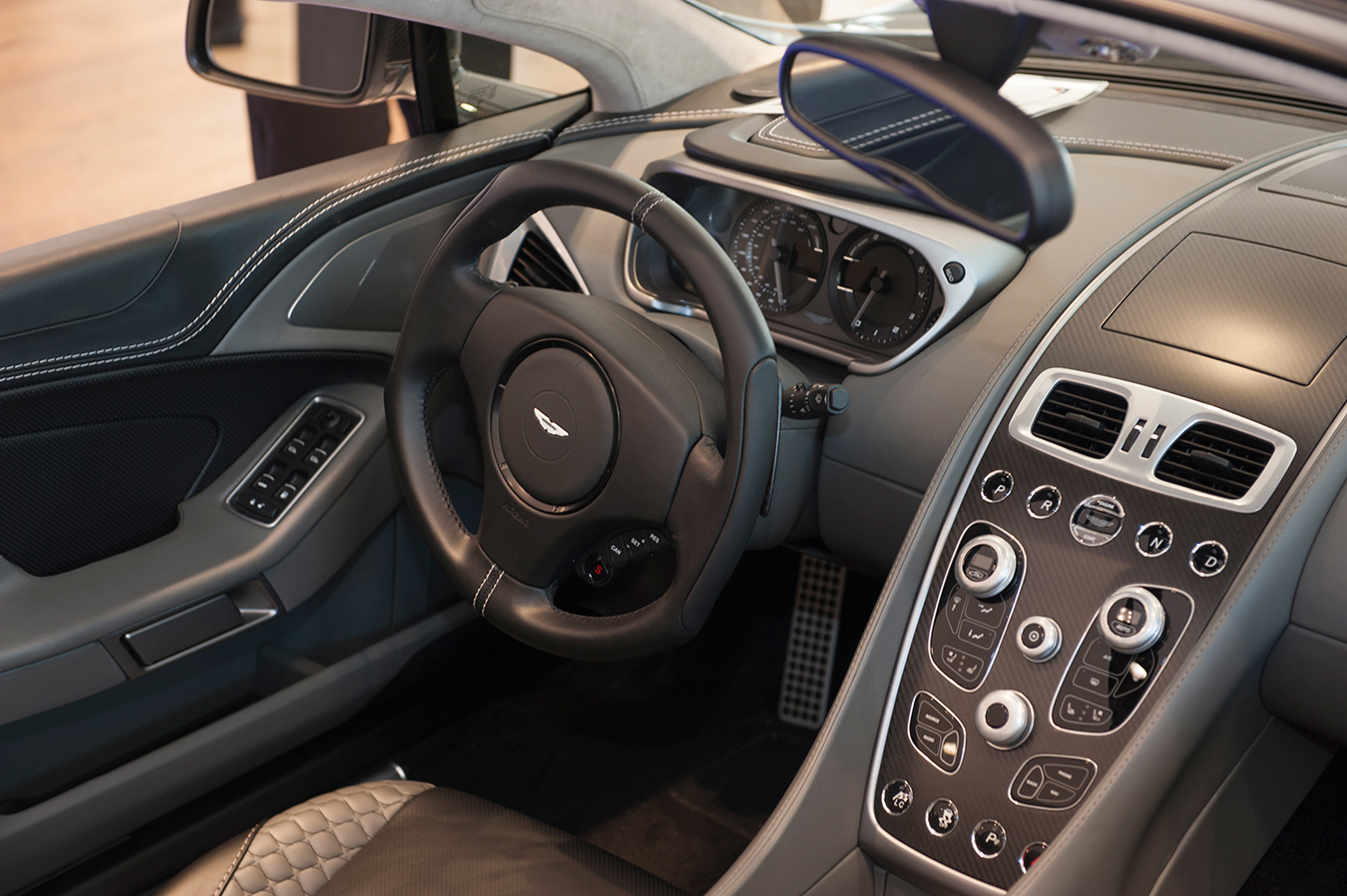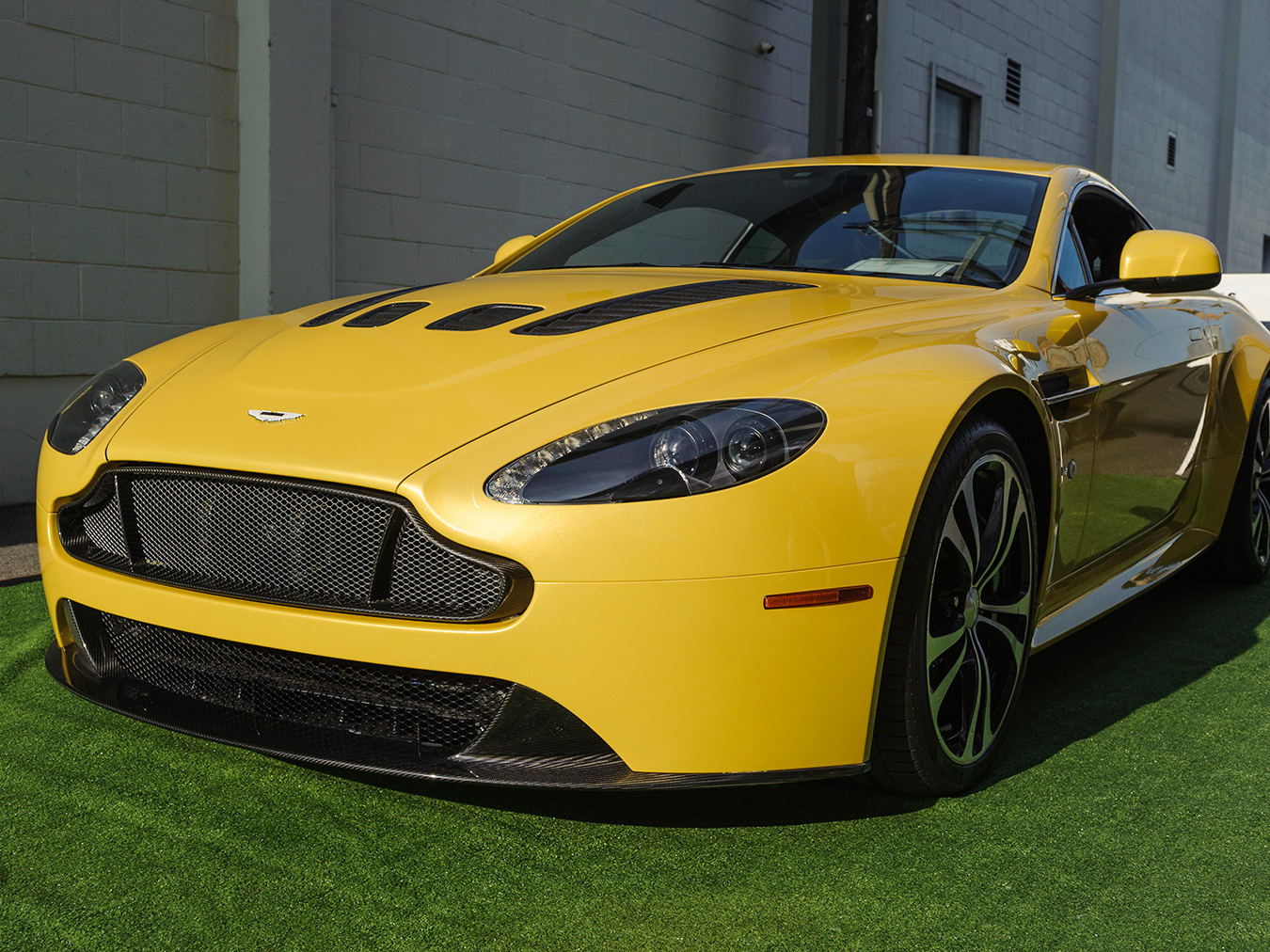Julian Jenkins, president of Aston Martin for the Americas, is in Vancouver for the opening of a spectacular new showroom for his company, a result of a partnership with the Dilawri Group. “We are very aware of our place in the market,” says Jenkins over an espresso the morning after the event itself. “That is why we are so particular about our relationships, how our brand is represented. This is a wonderful showroom, in which our cars are very well presented.” He sits back and looks around the showroom. “We built the Vulcan, only 24 of them, at two million dollars per car, as a way of emblemizing what Aston Martin is. Power, beauty, soul.”
Nurturing and growing brand awareness is not a matter of explaining; Aston Martin drivers are the key. “Our clients become brand advocates, that is the ideal way to grow the brand. It is client advocacy, and they explore the rich history of the brand in their own way.” Jenkins observes. That is why the company continues on its current path, not of upping the quantity of existing models, but rather introducing new models. The iconic DB4 and DB5, both of which exemplify the rich history of the brand, for racing, for performance and for aesthetic appeal, and of course the Vulcan, with its extreme statement about the company DNA, are now only part of the story. Jenkins notes that “we have made roughly 70,000 cars in our history. But we have made more of them in the last 15 years than in the previous 88. There is no sacrifice in terms of quality at all, but rather an extension of platforms, of choices for drivers.” He pauses, and adds, “There are three opportunities for people now. Sports models, the Lagonda, and the new crossover—the DBX, which will be completely unique to that sector of the market.” Aston Martin is able to raise the production numbers and maintain quality by creating these new models, or “opportunities”, each of which has its own research, development, and production teams, ensuring overall quality.
Aston Martin continues to push the design and technology envelope as well. Their partnership with Mercedes-Benz, with whom they are developing new electronics systems and a new V8 base engine design, is one great example. “A billion dollars in research does not go a terribly long way in today’s automotive industry,” says Jenkins. “That is why we must make strategic decisions about exactly where to place our investments. It is always in pursuit of an even more exciting future, while always maintaining that deep connection to our history.” He pauses, adds, “You will always be able to look in the rear view mirror, and instantly recognize the car coming up behind you is an Aston Martin. That’s how classical the front grille is.”
















